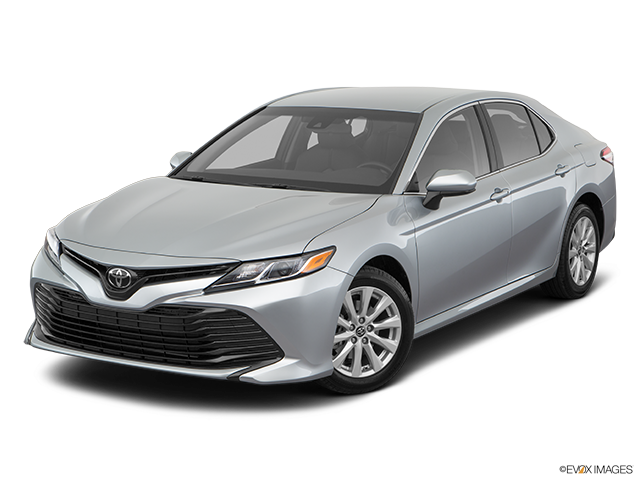
An engine cylinder is a cylindrical compartment in which a piston travels inside your engine. Most modern engines feature four to eight cylinders. The cylinder head mounts on top of the engine, creating a cap on the cylinders. The cylinder head also houses the spark plugs, intake valves, exhaust valves, and, in most cases, the camshaft(s).
A four-cycle internal combustion engine, like the one used in your non-electric vehicle, does four things in succession. First, each piston in its turn moves downward in the cylinder, creating a vacuum and drawing in a mixture of air and fuel from the fuel injector. Second, the piston moves upward toward the cylinder head, compressing the air and fuel. Third, at just the right time, the spark plug fires, setting off a combustion event that drives the piston downward. Fourth, the piston travels upward again, this time expelling the exhaust gases that are the byproduct of combustion.
In order for this sequence of events to happen, each cylinder is fitted with one or more intake and exhaust valves that open and close in response to the action of the camshaft. Since an engine can have anywhere from four to eight cylinders or pistons, and each cylinder can have up to four valves, it is possible for a camshaft (multiple camshafts) to actuate thirty two valves at a time. All of this activity and more happens inside the cylinder head.




This is demo Question
This is demo Answer
Related Parts